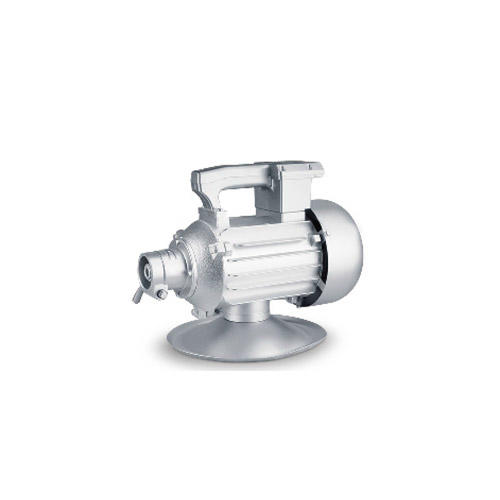In the realm of modern construction, achieving high-quality concrete structures is crucial. One indispensable tool that ensures this quality is the Construction Work Internal Concrete Vibrator Motor. This piece of equipment plays a significant role in removing air bubbles, enhancing the compactness of concrete, and ensuring long-term durability of structures. Whether it's a high-rise building, a bridge, or a simple slab, the Construction Work Internal Concrete Vibrator Motor is key to achieving consistent results in concrete compaction.
What is a Construction Work Internal Concrete Vibrator Motor?
The Construction Work Internal Concrete Vibrator Motor is a specialized motor designed to power an internal vibrator, commonly used in concrete pouring and setting. It typically consists of a high-speed motor housed in a durable casing, with a shaft that transfers vibration to the concrete mix. The motor generates rapid oscillations, which in turn cause the vibrator head inserted into the concrete to shake intensely. This motion helps eliminate trapped air, ensuring the concrete settles into all corners of the formwork.
Importance of Using a Construction Work Internal Concrete Vibrator Motor
Concrete, when freshly poured, often contains air pockets and inconsistencies. These can severely affect the strength and finish of the structure. The Construction Work Internal Concrete Vibrator Motor addresses these issues effectively. When used correctly, it:
Removes Air Pockets: By vibrating the concrete, it allows air bubbles to rise and escape to the surface.
Improves Bonding: Enhances the bond between concrete and reinforcements (like steel bars), which is critical for structural strength.
Increases Density: The vibration compacts the concrete, improving its density and resistance to weathering and stress.
Enhances Surface Finish: Produces a smoother surface, reducing the need for excessive finishing work.
Applications in the Field
The Construction Work Internal Concrete Vibrator Motor is widely used across various construction projects:
High-rise Buildings: Ensures structural integrity of columns, beams, and slabs.
Bridges and Dams: Vital for massive concrete pours that must be compacted quickly and efficiently.

Foundations: Prevents settling issues by creating a dense, air-free concrete base.
Precast Concrete Elements: Used in factories to produce high-quality, uniform concrete products.
Features of a Quality Construction Work Internal Concrete Vibrator Motor
When selecting a Construction Work Internal Concrete Vibrator Motor, several features determine its efficiency and reliability:
Power Output: A high-performance motor ensures consistent vibration intensity.
Durable Build: The motor should withstand rough site conditions and extended use.
Portability: A compact and lightweight design makes it easy to handle and maneuver.
Compatibility: Should work with various sizes of vibrator shafts and heads.
Cooling Mechanism: Overheating protection for prolonged operations is crucial.
Maintenance Tips
To increase the lifespan and efficiency of your Construction Work Internal Concrete Vibrator Motor, regular maintenance is essential:
Clean After Use: Prevents concrete residue from hardening and damaging the motor.
Check for Wear and Tear: Inspect cables, bearings, and the vibrator head for any damage.
Lubrication: Keep moving parts well-lubricated to reduce friction and overheating.
Storage: Store in a dry and dust-free area when not in use.
Safety Considerations
While the Construction Work Internal Concrete Vibrator Motor enhances productivity, it must be used safely:
Always wear protective gear like gloves, boots, and goggles.
Avoid using the equipment near water unless it’s designed for such environments.
Ensure that all electrical connections are safe and dry.
Don’t operate the motor for extended periods without breaks to prevent overheating.

 英语
英语 葡萄牙语
葡萄牙语 西班牙语
西班牙语 русский
русский






 Tel: + 86-576-86320988
Tel: + 86-576-86320988
 Fax: + 86-576-86333217
Fax: + 86-576-86333217
 E-mail:
E-mail:  Add: Dayangcheng Industrial Zone, daxi, wenling, zhejiang, china
Add: Dayangcheng Industrial Zone, daxi, wenling, zhejiang, china
